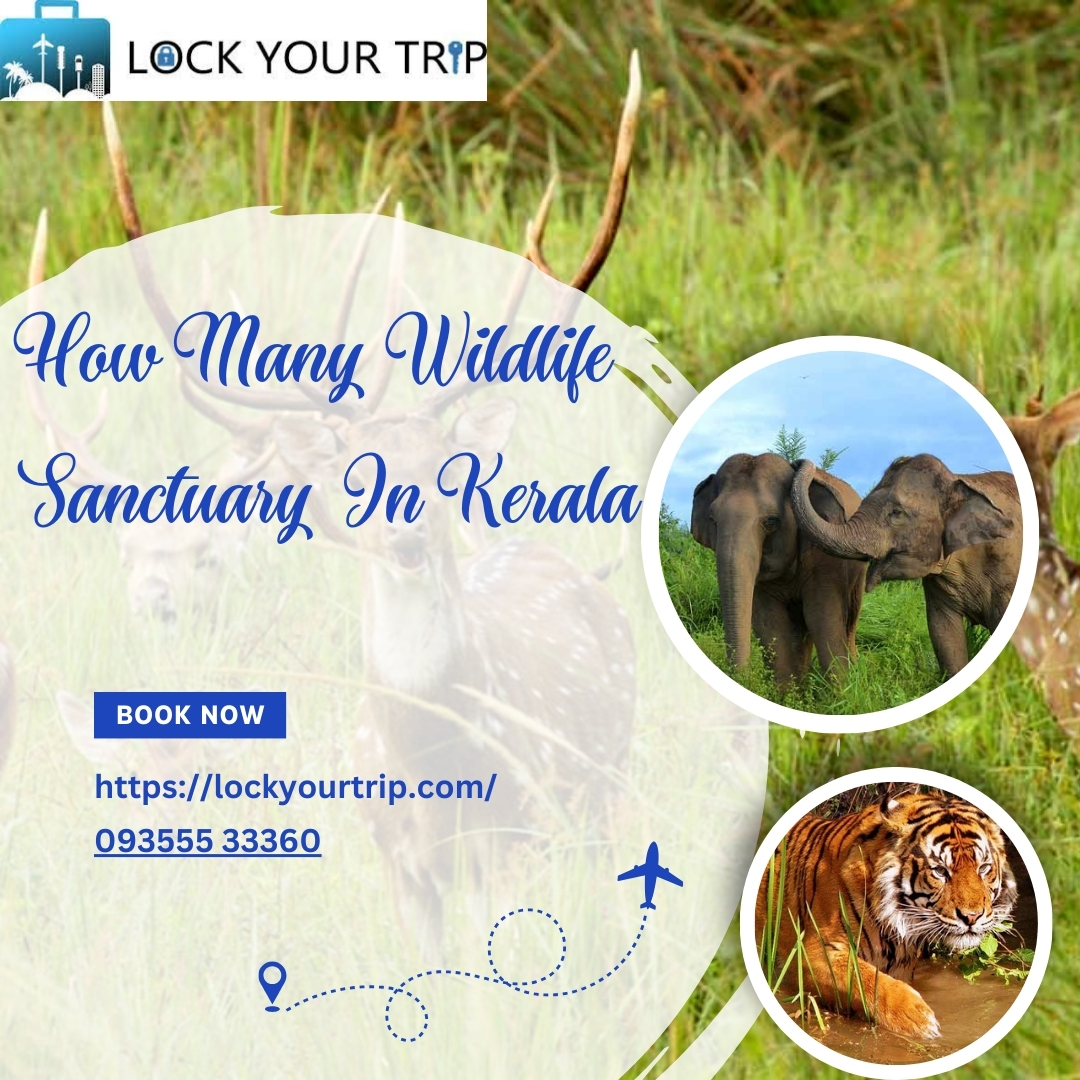Introduction
Kullu and Manali, two picturesque towns nestled in the heart of the Himalayas, are renowned for their stunning landscapes, adventure activities, and serene ambiance. However, beneath the breathtaking natural beauty lies a rich tapestry of culture and spirituality. In this article, we will delve into the mystical world of temples in Kullu Manali, exploring their history, significance, and the unique blend of divinity and natural beauty that they offer.
Temples in Kullu Manali: A Spiritual Oasis
The Kullu Manali temple region, in the state of Himachal Pradesh, is a popular destination for travelers. Amidst the lush green valleys and snow-capped peaks, one can find solace and tranquility by visiting the temples. Among these, the Hadimba Temple, Manu Temple, and Raghunath Temple hold special places of reverence.
Hadimba Temple: A Spiritual Gem Amidst Tall Deodar Trees
Nestled in a serene grove of towering deodar trees, the Hadimba Temple is one of the most iconic temple in Kullu Manali. Dedicated to Hadimba Devi, the wife of Bhima (one of the Pandava brothers from the Mahabharata), this temple is a fine example of ancient architecture. The stunning wooden structure, with its intricately carved doors and roof, transports visitors to a bygone era. The temple exudes an aura of serenity, making it a perfect place for meditation and introspection.
Manu Temple: The Abode of Manu, the First Man
Perched on the banks of the gurgling Manalsu River, the Manu Temple is another prominent religious site in Manali. It is believed that Manu, the progenitor of human race according to Hindu mythology, meditated in this sacred place. The temple’s architecture and its idyllic location offer an enchanting experience for those who visit. The tranquil surroundings and the soothing sound of the river make it an ideal spot for spiritual reflection.
Raghunath Temple: A Spiritual Haven in Kullu
The Raghunath Temple in Kullu is dedicated to Lord Raghunath, an incarnation of Lord Rama. The temple is a significant pilgrimage site and holds immense religious importance for the locals. With its grand structure and towering ‘shikharas’, this temple is an architectural masterpiece. The aura of devotion and spirituality that pervades the temple complex is palpable, making it a must-visit for anyone exploring Kullu.
Exploring the Temples
Kullu and Manali are not only about the destination but also the journey. Travelers can embark on a spiritual sojourn while traversing the scenic routes to these temples. The lush green valleys, gushing rivers, and breathtaking mountain views en route to these temples .
Hadimba Temple, for instance, is a short walk through a cedar forest, allowing visitors to connect with nature before connecting with the divine. The mesmerizing landscape of tall deodar trees provides an awe-inspiring backdrop to the temple’s tranquil ambiance.
The Manu Temple is reached by a picturesque walk along the Beas River, where the sound of flowing water and the distant snow-capped peaks create a sense of serenity. The journey becomes a part of the pilgrimage, allowing travelers to absorb the essence of the place.
Similarly, on the way to the Raghunath Temple, one can savor the unique blend of spirituality and natural beauty. The grandeur of the temple’s architecture juxtaposed with the surrounding mountains.
Festivals and Celebrations
The temples in Kullu Manali come alive during various festivals, making it an excellent time to experience the local culture and traditions. The Dussehra festival, in particular, is celebrated with great pomp and fervor. The entire town of Kullu engages in week-long celebrations, including processions, music, and dance, showcasing the deities from various temples.
The Hadimba Temple, during Dussehra, becomes the focal point of the celebrations. The temple complex buzzes with devotees and tourists alike, reveling in the festivities.
The Raghunath Temple also plays a significant role during Dussehra, as the idol of Lord Raghunath is taken out in a beautifully adorned chariot, followed by processions and cultural performances. It is a time when the town comes together to celebrate their cultural and religious heritage.
Spirituality and Nature’s Bounty
The temple in Kullu Manali offer more than just a religious experience; they provide an opportunity to connect with nature in its purest form. Surrounded by lush greenery, these temples are a testament to the harmony between divinity and the environment.
The pristine Manalsu River, the towering deodar trees, and the majestic mountains encapsulate the spirituality of the Manu Temple. The river’s soothing sound and the magnificent landscape create an ambiance that soothes the soul.
Hadimba Temple, with its architectural beauty and serene grove, showcases the perfect blend of human craftsmanship. The temple complex is a testament to the unique relationship between spirituality and the natural world.
Raghunath Temple, set against the backdrop of the Himalayas, reminds visitors of the grandeur of both human devotion and nature’s majesty. The temple’s ‘shikharas’ seem to touch the sky, offering a sense of spiritual elevation.
Conclusion
Kullu Manali’s temples are not merely places of worship but also gateways to a world. These temples, whether it’s the Hadimba Temple, the Manu Temple, or the Raghunath Temple, provide visitors with a unique opportunity to immerse themselves in the culture.
As you plan your journey to Kullu Manali, remember that these temples are not just tourist attractions but sanctuaries where you can find solace, connect with nature. So, whether you seek spiritual enlightenment, cultural exploration, or a respite from the chaos of daily life, the temple in Kullu Manali awaits, ready to offer you a memorable experience of divinity and natural beauty.
In Kullu Manali, it’s not just a journey of miles; it’s a journey of the soul.












Excellent write-up
Insightful piece
great article
Excellent write-up